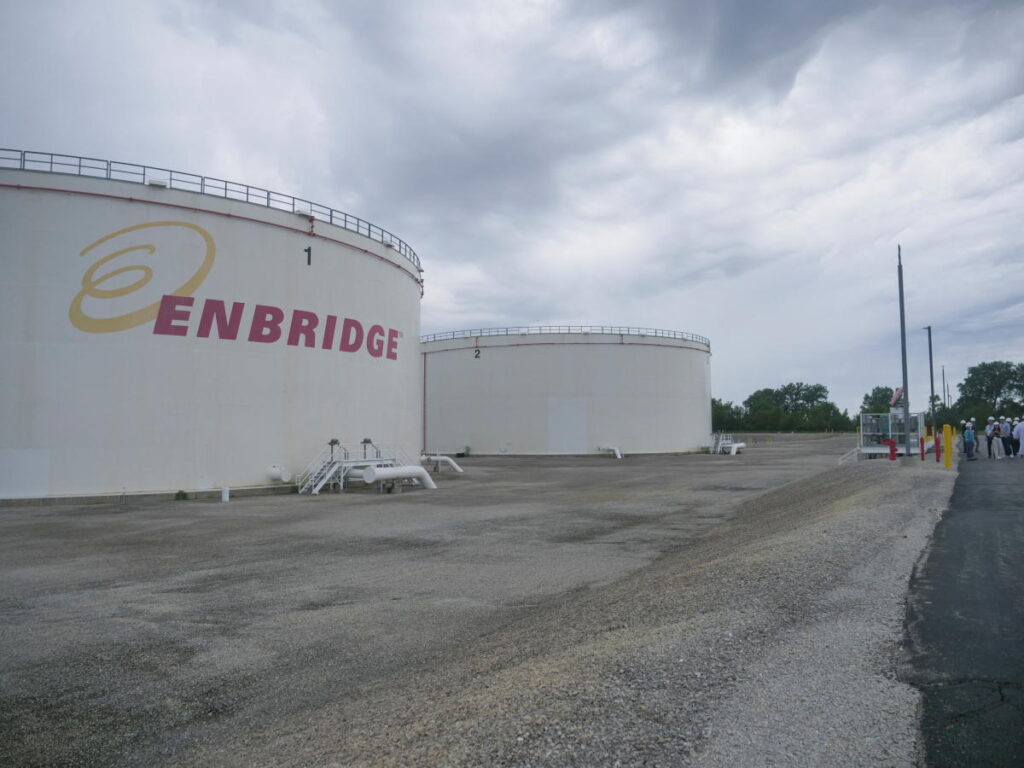Enbridge, the Canadian pipeline giant with a workforce of over 12,000, is strategizing to maintain its growth trajectory through the implementation of artificial intelligence (AI) amidst an impending wave of workforce retirements and recruitment challenges in the energy sector. As Enbridge oversees substantial energy assets which include the world’s longest oil and liquids pipeline network and North America’s largest natural gas utility by volume, its leadership is keenly aware of the implications of an aging workforce. Senior executive Bhushan Ivaturi emphasized the importance of generative AI in facilitating the transfer of knowledge from retiring Baby Boomers to younger employees, highlighting the need for faster data capture to uphold safety and operational reliability.
Recent forecasts from McKinsey & Company paint a concerning picture for the energy workforce, anticipating that approximately 400,000 employees will retire in the next decade. This transition coincides with increasing energy demand, leading McKinsey to assert that traditional energy sectors, including oil and gas, may struggle to attract new talent due to negative perceptions among younger generations. The firm’s Houston-based global energy partner, Ignacio Fantaguzzi, warned that this could lead to a talent squeeze, thus prompting companies like Enbridge to rethink their workforce strategies in light of dwindling recruitment levels.
Investment in AI technology is seen as a potential remedy to these labor challenges. According to research from EY, an overwhelming 92% of oil and gas firms are either investing in AI or plan to do so imminently. For Enbridge, leveraging AI has already proven to be beneficial. With applications that can detect leaks, predict maintenance needs, and optimize communication with customers, Ivaturi hinted that the company has reaped significant savings since it began integrating AI in 2018. Enbridge’s efforts are designed not only to mitigate the impact of retiring workers but also to elevate operational efficiency without necessarily augmenting its workforce.
Further supporting the case for renewables and alternative energy sources, Enbridge’s CEO, Greg Ebel, highlighted the vast energy demands posed by data centers that underpin AI technologies. This presents an opportunity for companies within the energy sector to redefine their operations, especially amid a landscape increasingly focused on sustainability. Concurrently, figures in the nuclear energy sector, such as Eric Chassard from Bruce Power, are advocating for the merits of nuclear energy to meet the growing demand without relying on traditional fossil fuels. Chassard invoked a call to action for youth to consider careers in biotechnology sectors such as nuclear energy, suggesting a paradigm shift towards sustainable industries.
In light of the competitive landscape between traditional oil and gas industries and emerging energy businesses, McKinsey suggests that the demand for workers in conventional energy will remain stable through 2035. However, balancing this workforce demand with a growing scarcity of talent due to retirements could prove challenging. For Enbridge, this presents a dual opportunity to increase operational capabilities while managing a stable headcount, as Ivaturi remarked on the potential for executing more projects with a consistent number of employees, aided by AI technology.
In conclusion, Enbridge stands at the intersection of technological advancement and workforce transition within the energy sector. The strategic implementation of AI not only serves as a tool for knowledge retention during a significant retirement wave but also positions the company to adapt to the increasing energy demands fueled by the digital economy. As it navigates through these challenges, Enbridge’s story reflects broader industry trends, advocating for innovative solutions and forward-thinking strategies essential for sustainable growth in an evolving energy landscape.

